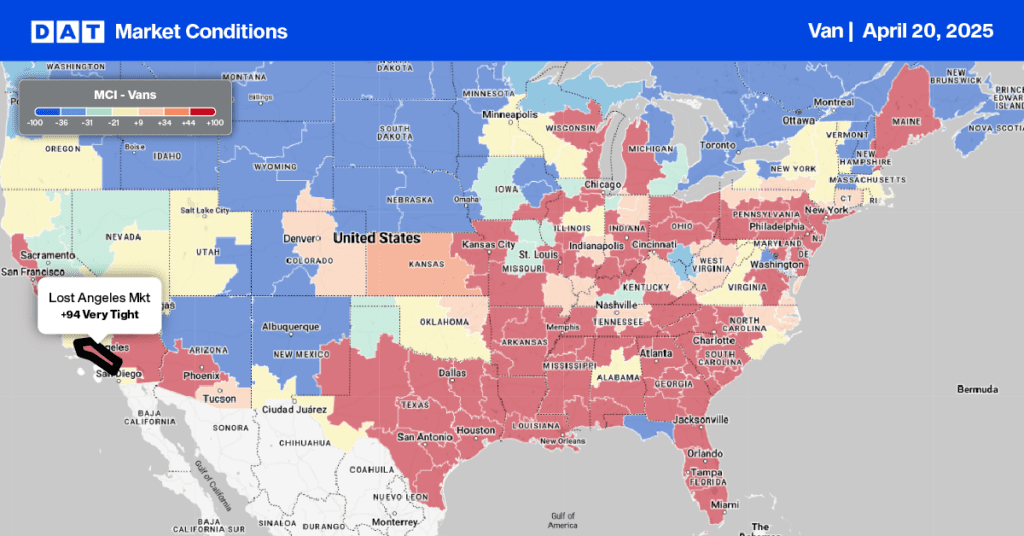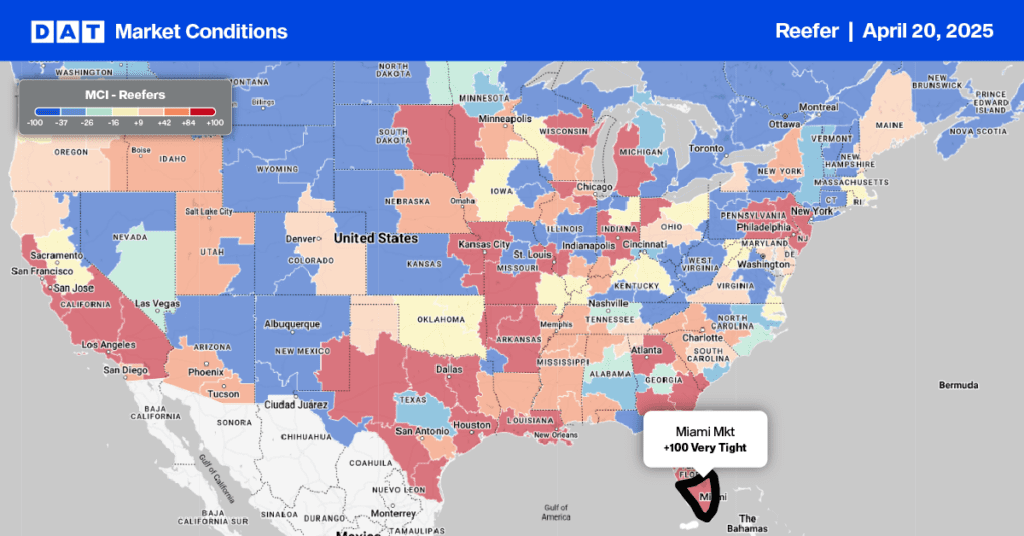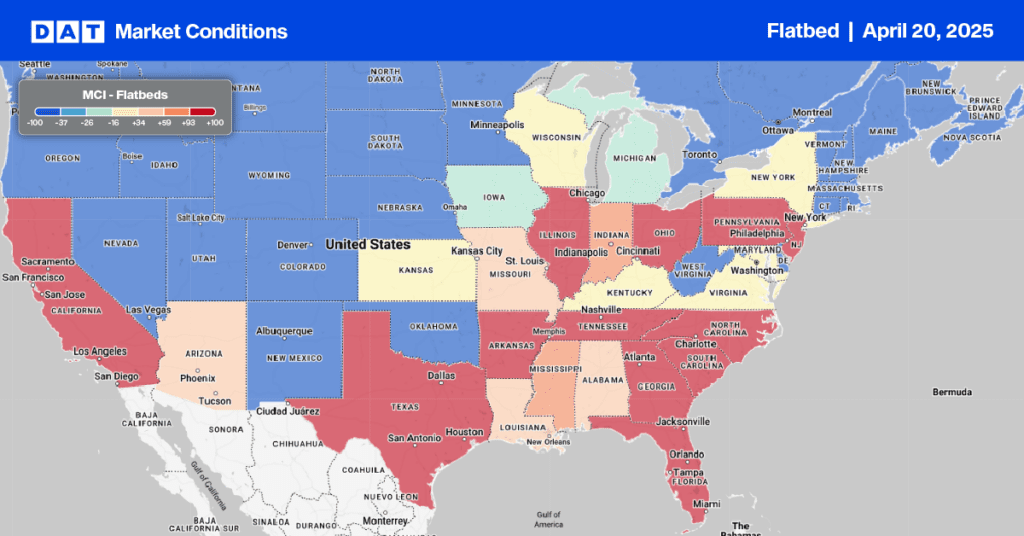On Sunday, August 25th, the last Norfolk Southern (NS) Triple Crown RoadRailer train departure ever ended an era in road and rail transport. Roadrailers are purpose-built road trailers that can be moved between highways and rails without being loaded onto a flatcar. Early Roadrailers had integrated railroad wheelsets that could be lowered into position when the trailer was pulled behind a train. More modern Roadrailers used regular trucks with a fifth wheel and connector plate that slid into the trailer in front.
Roadrailer technology dates back to the 1950s, but it was widely used in the 1980s when Conrail NS started Triple Crown Services in 1986. Triple Crown Services used Roadrailers to move trailer loads between cities like Toronto, Minneapolis, Detroit, Dallas, and Atlanta.
Around the same time, trucking magnate Johnnie B. Hunt, co-founder of J.B. Hunt Transportation Services, traveled from Chicago to Kansas City in 1989 aboard a business train owned by the Atchison, Topeka, and Santa Fe Railway. He was so impressed with the journey that he soon signed an agreement to move truck trailers on the railroad’s flatcars, a significant leap forward in domestic freight. This method of transportation became known as Trailer on Flatcar (TOFC), where the road trailer was placed on top of the railroad flatcar, unlike the Roadrailer.
What became a popular way to move road trailers in the 90s, using Roadrailers and TIFC, soon met with competition from within the railroads when double-stack rail wagons entered the market between 1993 and 1995. The economics of loading one road trailer into the same space as two 40’ containers didn’t stack up.
According to Jim Blaze, Railroad economist and industry expert, “that all changed once double stack became the main mode to move. Double stack geometrically exploded between roughly 1998 and 2006. The Roadrailer was challenged from the start, being heavier than a standard road trailer, it took more work for motor carriers to comply with road weight limits once the trailer was removed from the railyard. The other strike against the Roadrailer was that the trailer would not bear the structural forces resulting from the lateral and vertical pounding when behind a rail locomotive.”
The extra reinforcing and weight made them more expensive to manufacture, leaving the Roadrailer to operate on a selected few lanes operated by Norfolk Southern. It hauled auto parts between Detroit and Kansas City until the last train departed in late August. It’s the end of an era, with TOFC to follow soon.
The economics of loading a road trailer onto a railroad flatcar don’t stack up either. Trailer-on-flatcar (TOFC) volumes have been fading away for years. According to the American Association of Railroads (AAR), volumes are 6.7% lower than last year and have plummeted 78% since the Great Recession in 2008. Since then, TOFC has steadily declined, decreasing from 18% of intermodal units to just 3% last week.


